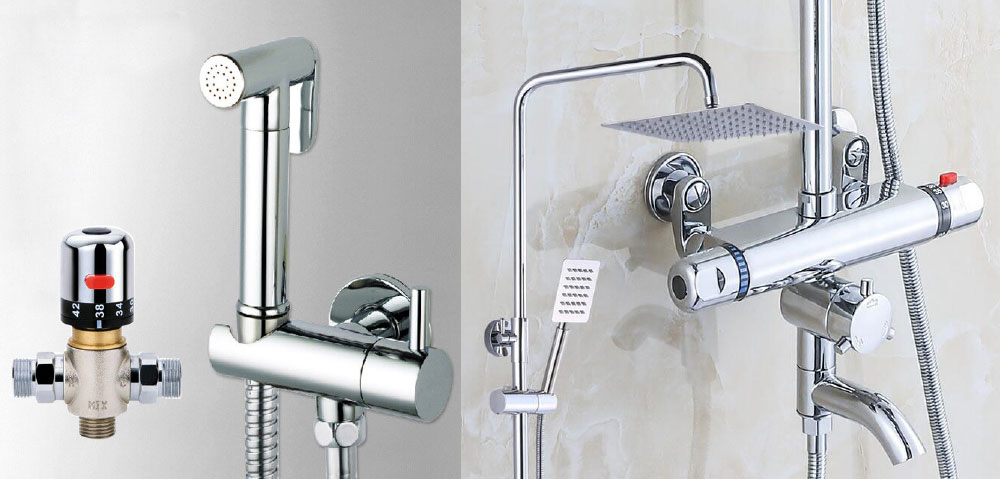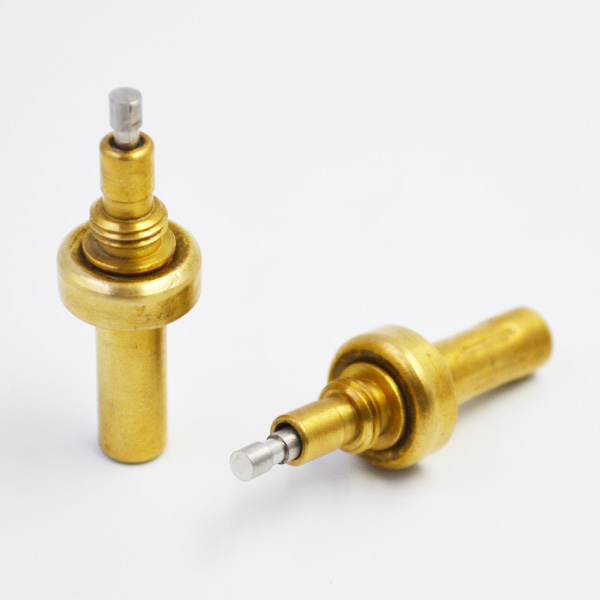The choice of wireless technology depends on the type of application. Consideration should be given to the following conditions: range, frequency and data rate. The wireless technologies of different mobile robot controllers are studied, including Bluetooth, wireless network and wireless local area network. By comparing the frequency, data rate and range of the three wireless technologies, the advantages and disadvantages of each are analyzed. The application program, data transmission and information flow are discussed. More and more mobile robots use wireless technology to compute resources offline. Wireless technology is divided into FM wireless technology, infrared wireless technology and Bluetooth wireless technology. Its cost and characteristics are different. The application of wireless technology in audio has made great progress in recent years, which may become a major trend in the development of network technology in the future. Wireless technology has its advantages, but it also has its shortcomings: wireless signal will inevitably lose in the process of two conversion. The speakers using wireless technology all have a power amplifier, which may interfere with the sound. For cost reasons, such an amplifier may be a full-frequency amplifier, that is to say, the sound signals of different frequency bands are amplified by an amplifier. At present, in order to better show the sound quality, high-end power amplifiers amplify the sound in different frequency bands. Therefore, the choice between cost and sound quality is necessary for the use of wireless audio technology. FM wireless technology: a new high-tech that converts analog audio signal into digital signal through AD converter, and then modulates and transmits the carrier wave. Infrared wireless technology: A wireless technology that transmits data through infrared radiation in a device or system. Bluetooth wireless technology [1]: short-range wireless communication technology. Intelligent mobile robot system has attracted much attention. This revolutionary new technology has been widely used in mechanical engineering, electronic engineering, information engineering, automation engineering and artificial intelligence.
At present, robots can drive, walk, swim or fly. Robots have been intelligentized. In the future development of mobile robot wireless communication technology, it is possible to use mobile phones to control robot maids, robot wheelchairs or robot cars. Aiming at Bluetooth technology, wireless LAN and 3G, this paper makes a comparative analysis of the control of mobile robots, illustrates their advantages and disadvantages from the comparison of the range of wireless technology, frequency and data transmission rate, and looks forward to the future development. Bluetooth technology was developed by Ericsson in 1994 to replace cable technology. Bluetooth is a radio frequency cable that transmits and receives signals over short distances, replacing illumination-free science and industry technology and 2.4 GHz bandwidth. Usually, Bluetooth devices cover about 10m and support voice and data communications. In daily work and life, Bluetooth has many advantages, such as low cost, low power consumption and flexible direction, and part of Bluetooth has been integrated into mobile robots. Bluetooth is defined as protocol layer architecture, including core protocol, cable substitution protocol, telephony transmission control protocol and selection protocol.
Mandatory protocols for all Bluetooth stacks include LMP, L2CAP and SDP. In addition, HCI and RFCOMM protocols are widely used in devices communicating with Bluetooth. It is used to establish and control the wireless link between two devices.
It usually works on the controller. And the instruction transfer unit with a minimum of 48 bytes. It is often used to create virtual serial data streams. RFCOMM provides the services of binary data conversion based on Bluetooth bandwidth layer and Simulation of EIA-232 serial control signal, namely serial port simulation. RFCOMM provides users with simple and reliable serial data stream. Used to transfer data from another protocol stack through L2CAP.

The main purpose is to transfer IP packets in personal area network configuration files. The function of BNEP in WLAN is similar to that of SNAP. AV/C instructions are transmitted through L2CAP. The music control button on the stereo headset can control the music player through this protocol.

Transmitting music files to stereo headphones through L2CAP is suitable for video distribution protocol in Bluetooth transmission. Wireless LAN [2] is a wireless network based on the 802.11 standard of the Institute of Electronic Engineers (IE). Most wireless networks use unauthorized radio frequencies, mainly the 2.4 GHz standard. It connects to the Internet through wireless access points and computers with wireless support. The geographical area covered by one or more access points is called hotspot.

Wireless local area network (WLAN) is mainly used for mobile devices and local networks, but now it is usually used for outdoor Internet access. Following are several types of wireless LAN: 802.11 (transmission speed 24Mbps 54Mbps), 802.11B (6Mbps to 11Mbps), 802.11G (24Mbps 54Mbps), 802.11N (50Mbps to 100Mbps), 802.11N will become a new standard once determined by IEEE standards and WLAN alliance. Antenna is used in the control operation of traditional mobile robots. At present, the link of robot motion obtains the control signal and image frame from the infrared camera installed in the robot, so the intelligent robot will not be affected by the external environment such as road and weather. Wireless LAN can also be used in commerce. Robots on the desktop can be directly controlled and accessed through wireless links. The command is sent to the mobile robot terminal through the mobile wireless channel, so that the robot can control the desktop computer. The broadband of WLAN is 200 MHz with a central frequency of 2.45 GHz, which meets the IEEE802.11B and IEEE802.11G standards. Remotely operated robots can handle unexpected situations, such as repairing leaking chemical containers. This technology uses the WLAN transmission action to the virtual robot, which is almost the same as the real robot function. By using WLAN with high gain antenna and amplifier, the communication distance can exceed 30 km. The third generation (3G) [3-4] mobile devices and services convert wireless communications into on-line, real-time connected communications. 3G wireless technology can meet many information needs, such as positioning services.
3G wireless technology has changed from oriented service to multi-functional service (voice, data, video, fax). Reference [5] presents a remote control system based on 3G technology and a rescue robot based on GPS (Global Positioning System). The system module includes terminal, monitoring system and network data transmission, including communication technology, GIS (Geographic Information System) technology, data processing technology, 3G technology, satellite positioning, robot control technology and streaming media application technology. The third generation communication technology has the following characteristics: high voice quality and high security; high spectrum efficiency around 2GHz, and can maximize the use of limited bandwidth; support hierarchical cell structure, support multiple synchronous connections to access the Internet; voice only accounts for a part of mobile communication services, most of which are non-voice data and video information; data volume, quality of service and use. Time is a charging parameter, not a new charging mechanism based on distance. Processor workflow is as follows: Processor processes GPS satellite signal through GPSOEM, obtains current position and other information, such as speed and direction, and transfers ARM to the process. Through the corresponding 3G communication technology, the processor receives the control command of the monitoring center, collects video information, processes data, returns information to the monitoring center through the 3G communication, realizes the connection between the video terminal and the background; the monitoring center issues various control robot processor commands, the processor can control random information; the robot issues remote control commands, completes various kinds of control. Rescue mission. There are many kinds of wireless technologies used to control mobile robots, which have their own advantages and disadvantages. With Bluetooth, mobile robots can easily handle control buttons. The standard of wireless LAN is IEEE802.11, which can reduce the cost. But in multi-layer, intensive indoor environment, performance will be greatly reduced. G can be used for remote monitoring of mobile robots. 3G combines wireless communication and multimedia technology, with high-speed transmission, fast connection and low cost. The 3G module effectively solves some bottlenecks. With wired or wireless control and data transmission, rescue robots can work. Because of the large amount of data transmission, thermostatic element the rescue robot becomes more powerful. Table 1 is a comparison of different wireless technologies for mobile robot controllers. In this paper, the related technology of controlling mobile robot is described, and the bandwidth, frequency and data transmission rate of several technologies are compared. The future work should focus on the application of wireless technology in a portable application. The choice of wireless technology depends on the type of application: scope, frequency and data rate.
